LANGUAGES OF REVOLUTION
17.04.2012 – 22.05.2012
Lichthof Ost in Humboldt-Universität zu Berlin
Opening on the 17th of April 2012, 7 p.m. – 10 p.m.
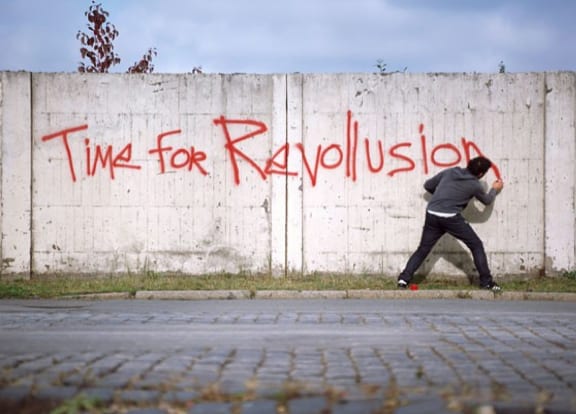
With “The Revolution Will Not Be Televised” (1969/70) the poet and musician Gil Scott-Heron wrote one of the most important protest songs of the African-American Civil Rights Movement, still popular to this day. Gil Scott-Heron’s spoken-word-performance is just as much an appeal against racism as it is a critique of the representation of political protests in the media: Revolutions defy being captured in (media) images, their historic complexity and immediate discharge of physical force go beyond the scope of visual representation. Nevertheless, in times of mobile cameras, YouTube, and Facebook, images as witnesses of political events have become decisive evidence and even motors of political movements – the events on the Tahrir-Square in February of 2011 offer only one of many possible examples. Foremost, the relationship between text and image plays a crucial role: Only by means of a textual localization do images dispersed in digital space receive their context and hence their potency as instruments of political pressure.
Conscious of the fact that protest movements can neither be compared in their content nor musealized in the context of an (art) exhibition, LANGUAGES OF REVOLUTION focuses on works of art dealing with one common denominator of many protest movements: their language.
Against the background of globalization, it becomes significant that similar buzzwords, signs, and slogans are used for completely different political movements, thereby undergoing considerable transformations. For the artworks brought together in LANGUAGES OF REVOLUTION, the following questions are of central relevance: Which language-codes and visual signs do different political movements employ? Which changes or ideological coloration is their language thereby subjected to? How and where are the slogans and signs picked up that become converted into expressions of political rebellion?
At a point of mergence between scripture and image, the exhibition shows works by international artists who explore the strategies of political appeal and public refusal.
Download press release here.
Artists
Anonymous
Nikusha Chkhaidze
Maurice Doherty
Constantin Hartenstein
Elín Hansdóttir
Nadia Kaabi-Linke
Dan Perjovschi
Nasan Tur
Sandra Schäfer
Santiago Sierra
Klaus Staeck
Clemens Wilhelm
Qi Zi
u.a.
Curated by Jana Johanna Häckel.
Special Thanks to Dr. Angelika Keune, Dagmar Oehler, Dr. Steffen Hofmann.
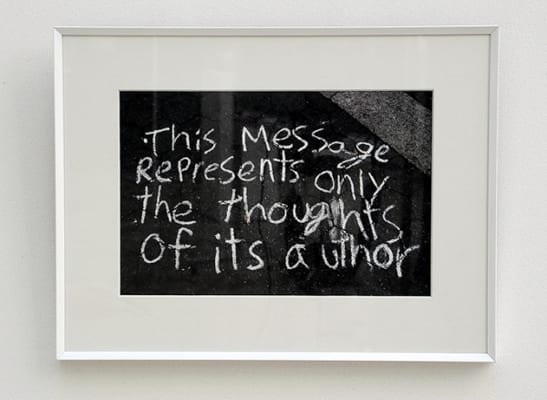
© Barbara Herrenkind
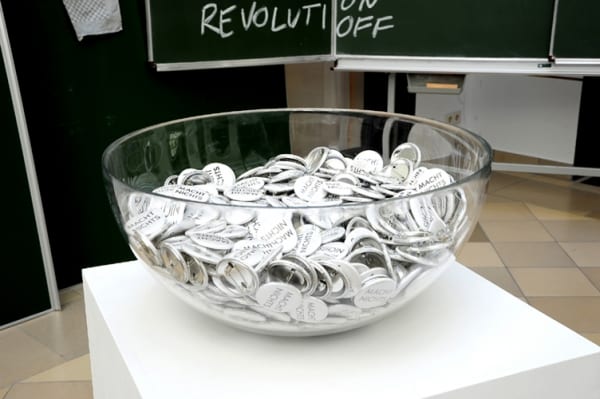
© Barbara Herrenkind
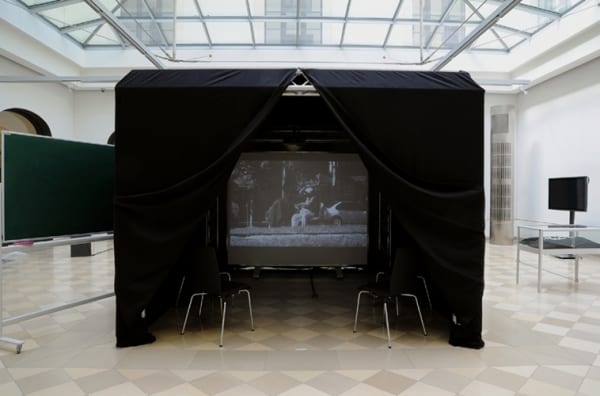
© Barbara Herrenkind
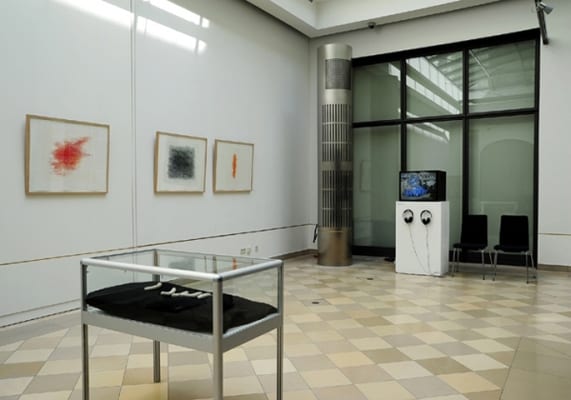
© Barbara Herrenkind
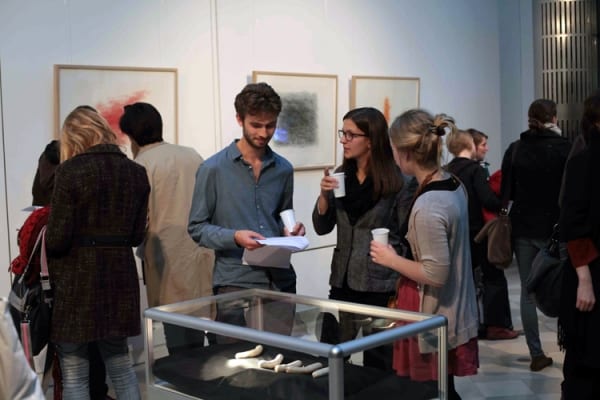
© Barbara Herrenkind
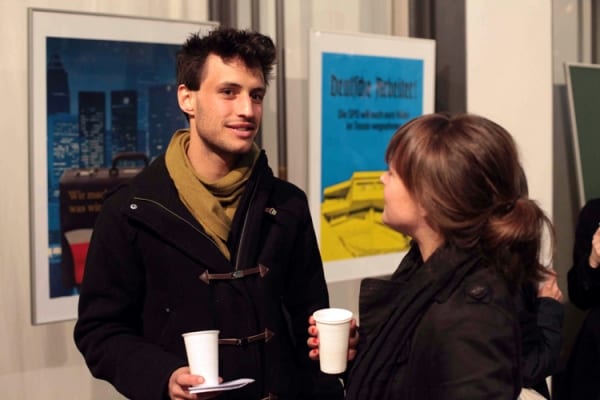
© Barbara Herrenkind
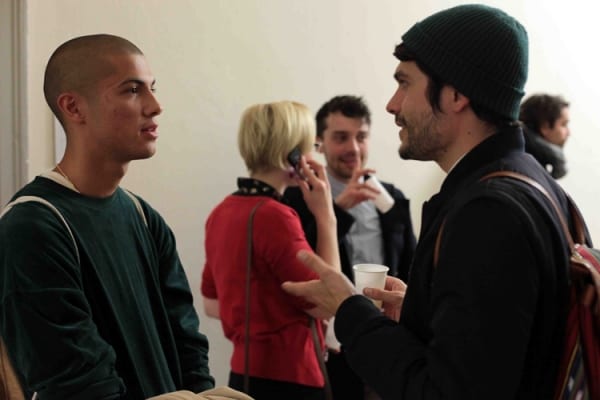
© Barbara Herrenkind
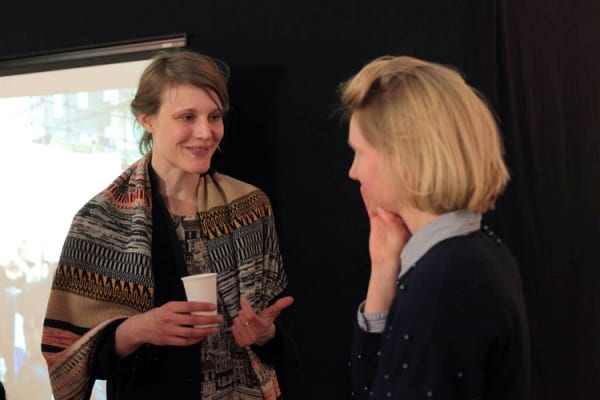
© Barbara Herrenkind
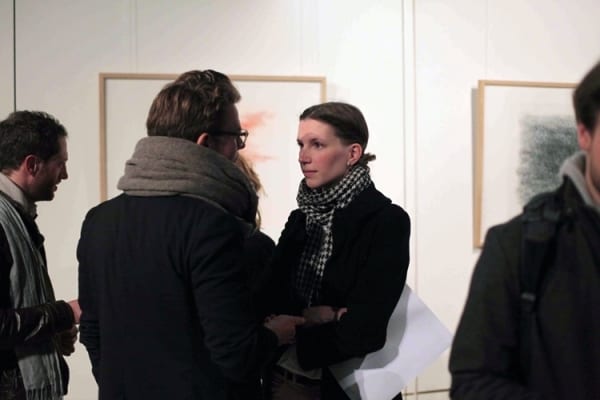
© Barbara Herrenkind
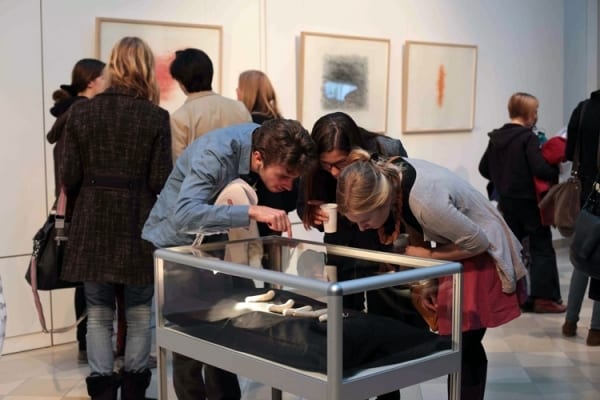
© Barbara Herrenkind
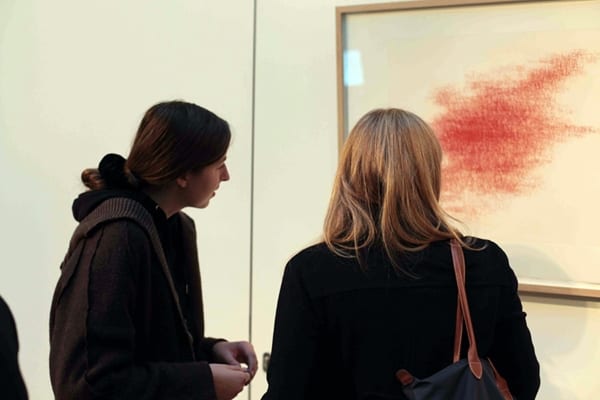
© Barbara Herrenkind
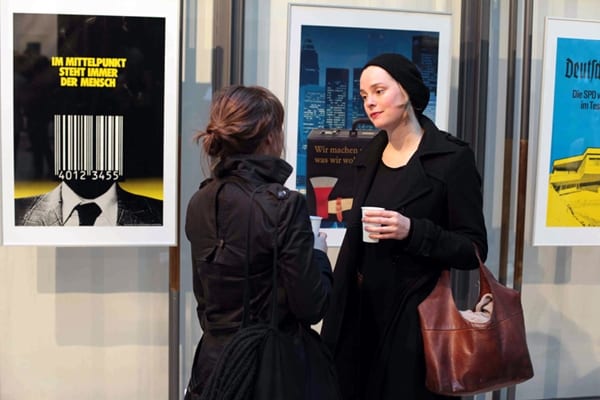
© Barbara Herrenkind
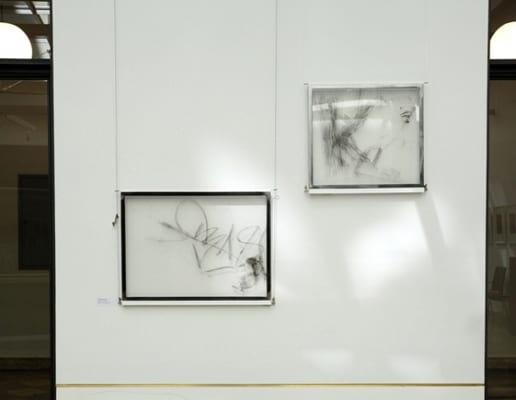
© Barbara Herrenkind
